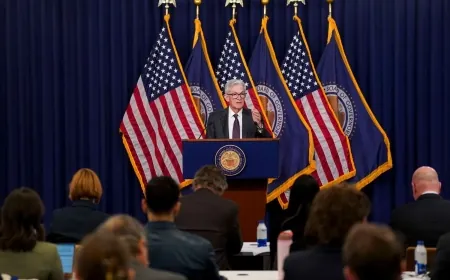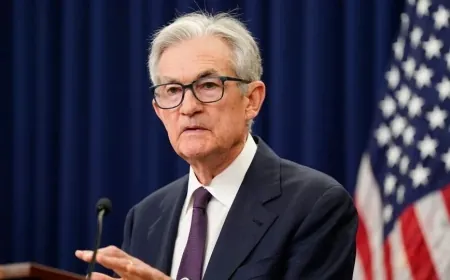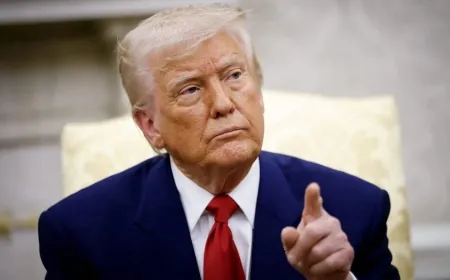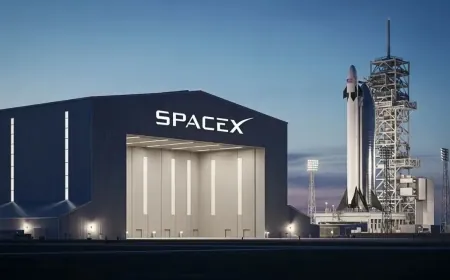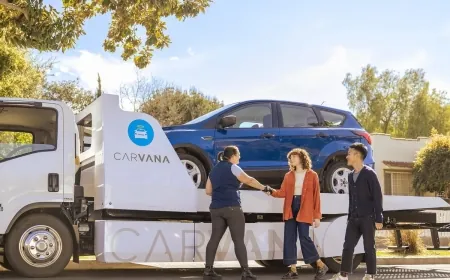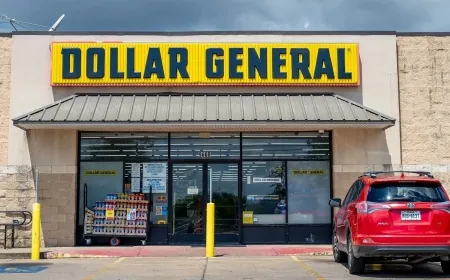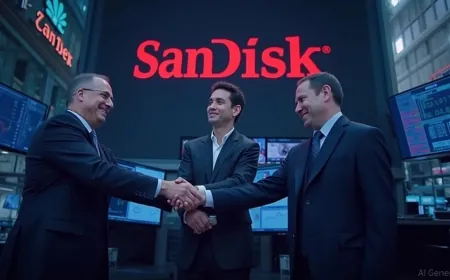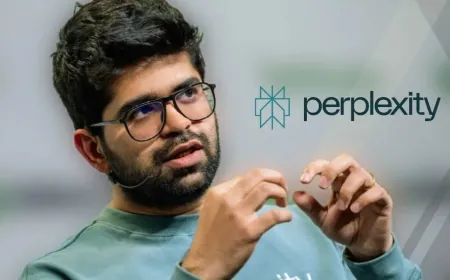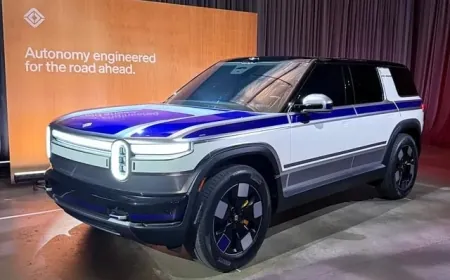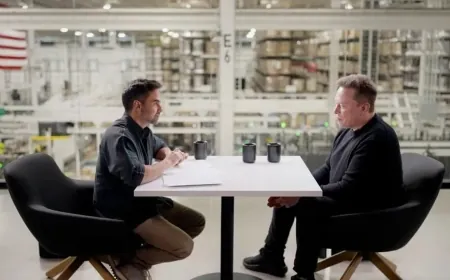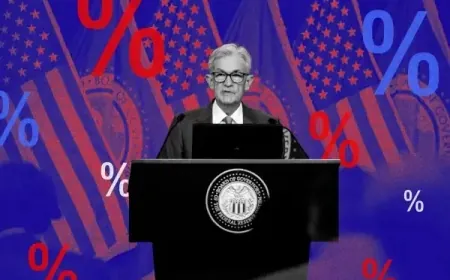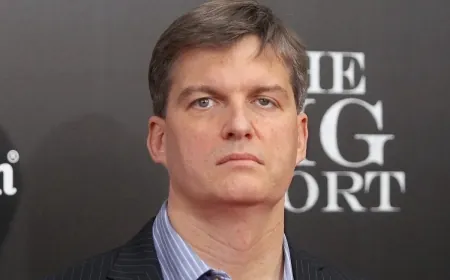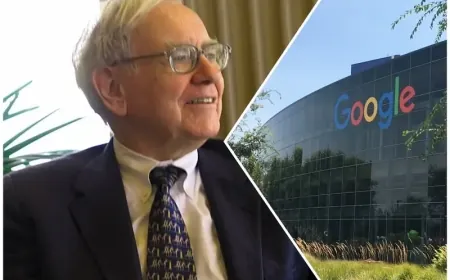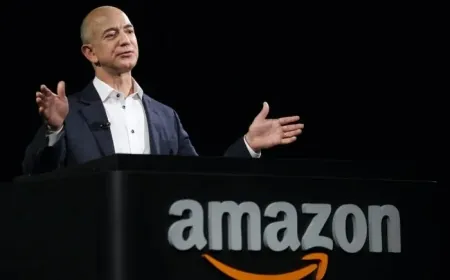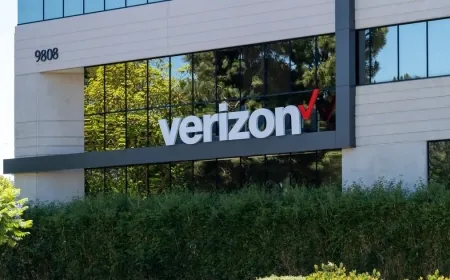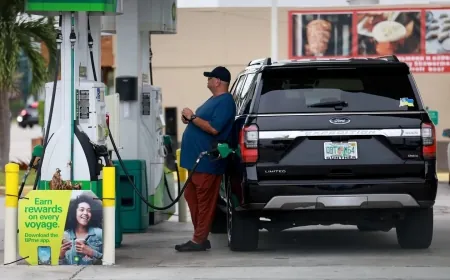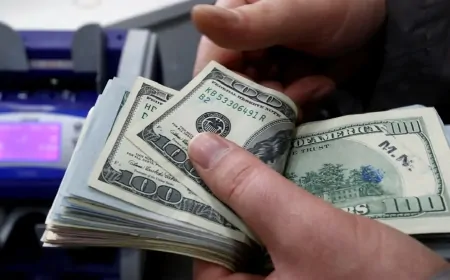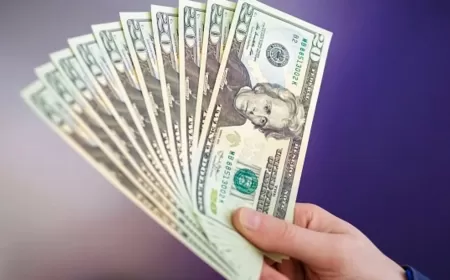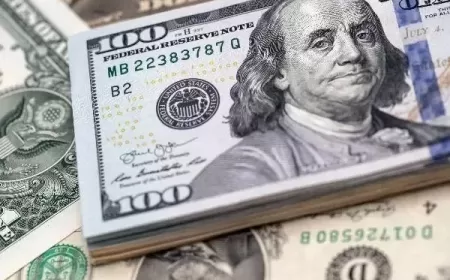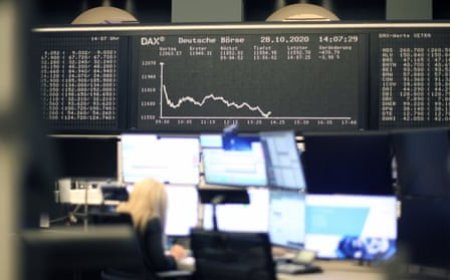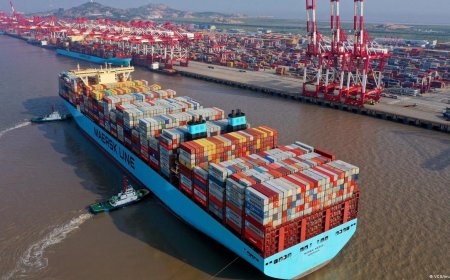Tesla Launches “Standard” Model Y and 3 With Minimal Price Cut
Tesla launches “Standard” Model Y and 3 trims at $40K, cuts premium features, and offers minimal savings after EV tax credit ends.
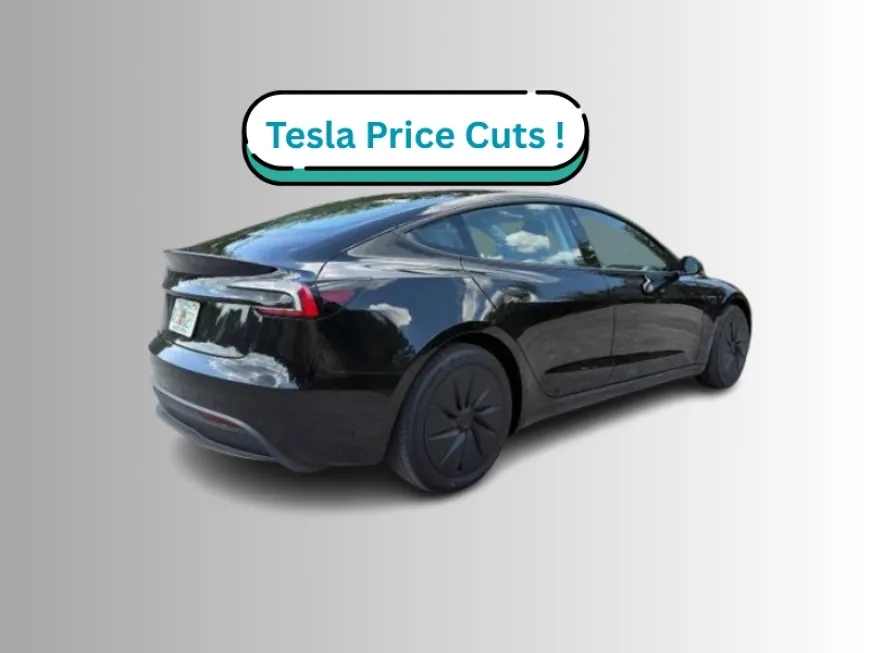
Key Points
- Tesla Standard trims remove leather seats and panoramic glass roofs.
- The trims launch after the $7,500 federal EV tax credit expired.
- Model 3 and Y lose about 20 miles of driving range compared to higher trims.
- Autosteer and rear-seat entertainment are no longer included.
- Competitors like BYD Seagull and Xiaomi YU7 cost $25K–$35K, cheaper than Tesla.
- FSD 14.1 update adds smarter navigation and emergency vehicle detection.
Tesla has launched lower-cost trims for the Model Y and Model 3, labeled as “Standard” versions, with prices starting near $40,000. The trims remove several features and offer only a modest $5,000 reduction compared with higher-tier models. The savings are limited by the expiration of the $7,500 federal EV tax credit, which had previously reduced effective costs for buyers.
Dan Ives, Wedbush analyst, said the price reduction may help Tesla maintain quarterly deliveries near 500,000 vehicles, but the launch is unlikely to attract many new buyers. “The price point is only $5,000 lower than previous Model 3s and Ys, which limits its ability to drive new demand,” he wrote. Tesla shares fell about 4% following the announcement.
The Standard trims remove several features from higher-tier vehicles. Leather seats, heated rear rows, power-adjustable steering wheels, LED light bars, and rear-seat entertainment screens are excluded. The Model Y loses its panoramic glass roof, while the Model 3 keeps it. Both trims reduce driving range by roughly 20 miles and remove Tesla’s Autosteer driver-assist system, which allows partial automated driving. The vehicles otherwise maintain the same design and core functionality as their higher-end counterparts.
Tesla had previously planned a fully new $25,000 model but redirected resources to robotaxi development and AI integration. The Standard trims allow the company to maintain production and delivery targets without introducing a completely new vehicle.
On the same day, Tesla released Full Self-Driving (FSD) version 14.1, its first major update in a year. The update includes improvements for detour handling, emergency-vehicle detection, and reduced driver intervention. Analysts view AI and autonomous driving programs as the primary drivers of Tesla’s future growth, with the Standard trims mainly serving to maintain production and delivery metrics.
Tesla faces competitive pressure internationally. In China, BYD’s small EVs start at $8,000, and the $25,000 Seagull and Xiaomi YU7 at $35,000 undercut Tesla’s Standard trims. In Europe, similar cost-competitive EVs are entering the market. In the U.S., GM and Ford are rolling out EVs priced near $30,000, challenging Tesla’s affordability positioning.
Wedbush maintains an Outperform rating on Tesla, with a $600 price target, but notes that the Standard trims “remain relatively high versus other vehicles on the market.” Analysts view the trims as a tactical step to sustain delivery numbers and investor confidence rather than a true expansion of the mass-market customer base.
The company’s previous strategy focused on adding features and range, while the Standard trims reduce content. This approach keeps assembly lines moving and maintains quarterly delivery figures without launching a new vehicle.
Musk’s compensation plan is tied to operational milestones, including vehicle deliveries and autonomous system rollouts. Shareholders will vote soon on his proposed $1 trillion pay package. The release of Standard trims, early FSD updates, and Musk’s personal $1 billion share purchase contribute to maintaining investor confidence ahead of the vote.
While Tesla remains dominant in the U.S., its position is weakening in global markets. Competitors in China and Europe are offering fully functional EVs at lower price points, leaving Tesla’s Standard trims less competitive internationally.
The Standard trims provide only modest savings, remove premium features, and maintain production targets. Tesla continues to focus on autonomous vehicle programs, robotaxis, and AI-driven technology, with the lower-cost trims supporting volume and investor sentiment while these initiatives develop.
Also Read: Trump’s ‘Big Beautiful Bill’ Ends $7,500 EV Tax Credit — Prices Set to Spike by October

